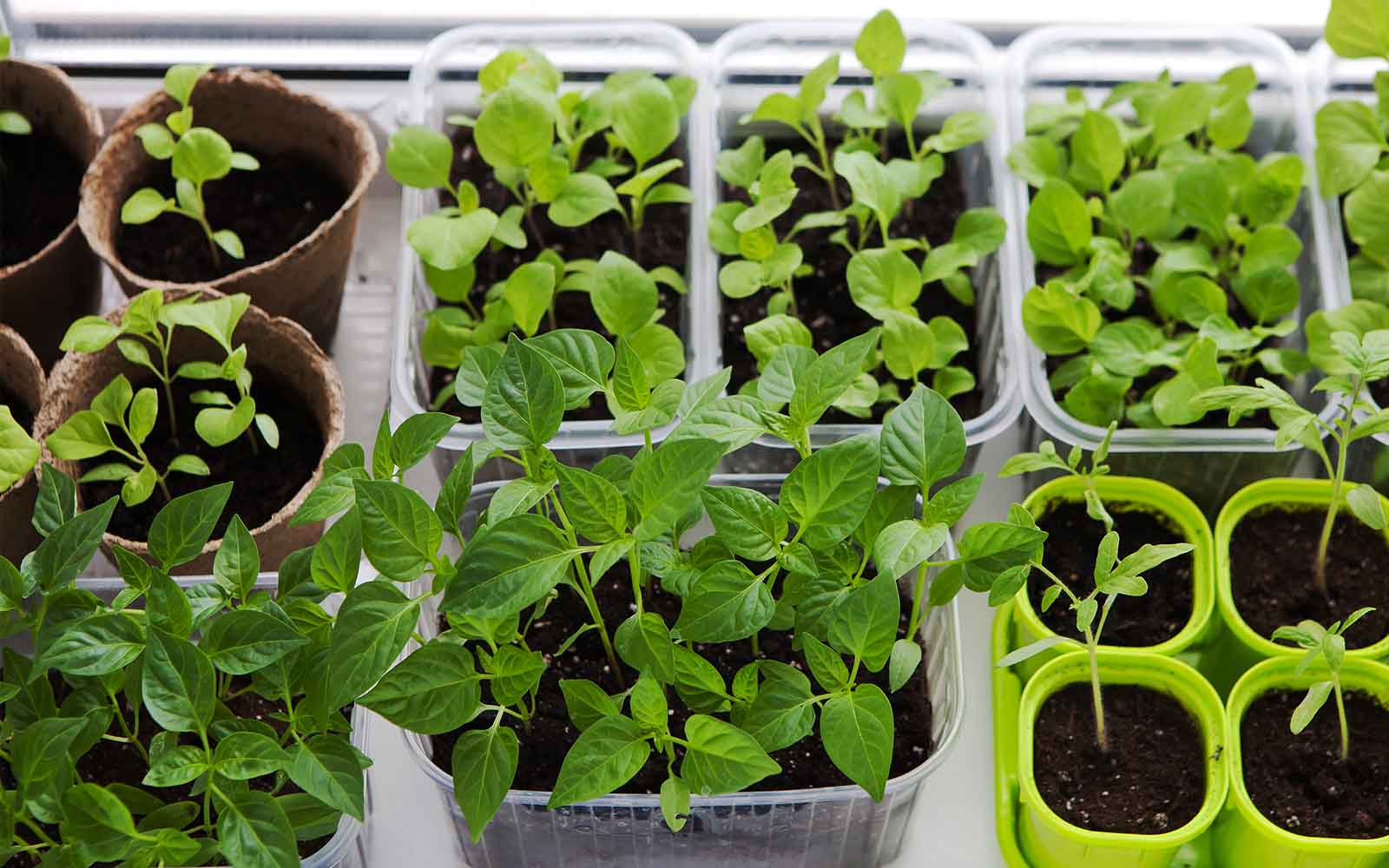September 06, 2016 0 Comments
So you have no backyard or live in an apartment building? No biggie. You can still have your dream garden with a little help from this cheat sheet we prepared for you and a little dose of your own creativity.
Aside from the indoor gardening options we have previously discussed, here are other options you can consider that could fit your space and your lifestyle:
Hydroponics. Introduced as a method of growing plants using mineral nutrient from water, Hydroponics has since changed how plants are grown in small areas. Not only does hydroponics saves you time from weeding and keeping away pests, it also allows for faster growth and less watering. Do you think hydroponics is for you? Let Plantozoid help you create your very own hydroponic garden!
Aquaponics. Combining the art of hydroponics with aquaculture, aquaponics took the gardening world by storm. This method creates a win-win situation whereby the water in which the fishes live and the fish-produced waste nourish the plants, while the fishes get clean, recycled water. In the end, the gardener gets fresh crops and fish have a clean space to roam. It’s a great day for everybody. Think aquaponics is the way to go? Check out Daily Green Post’s beginner’s guide to start.
Greenhouse gardening. Probably a more elaborate take on indoor gardening, greenhouse gardening usually requires a separate building where you can keep and grow your plants. The good thing is greenhouses usually are kept in a way that is beneficial to your plants, such as the use of temperature control. If you’ve already developed your green thumb, then greenhouse is the way to upgrade. Ready to build your own? Head on to wikiHow for a quick primer.

Considering you will be growing crops under supplementary lighting (grow lights), choose a spare room or basement where you can set this up. If not, a windowsill or areas that receive the best sunlight throughout the day will get the job done.
Use a sterile potting mix instead of the soil in your backyard. Not only do you reduce the risk of soil-borne pathogens, prepared growing mixes makes your containers lighter and easier to carry.
Choose the right containers. The most common kind of indoor gardening is done in pots. Choose one that will fit the size of your crop and make sure to make drainage holes in the bottom.
Plant the seeds of your choice by following the instructions on the packaging. Add some organic fertilizer and keep the soil moist until the seeds germinate. Unsure what to plant? You can check out our crops infographic and see what’s best!
Keep grow lights 2 inches above the plants and adjust as the plants grow. Plants grown through the help of grow light need 12-16 hours of light per day. Make your life easier by setting a timer to control when the lights will turn on and off.
Water as needed.
Harvest and enjoy!
Light. It’s an established fact that plants need light to survive, making sunlight an important part of gardening. But without direct sunlight, growing food inside your home can sometimes be really hard, especially during the rainy or winter season. Don’t fret! Grow lights got you covered! When the light from your window don’t make the cut, rely on your grow lights to do the job.
Grow lights vary in cost and effectiveness, so it can be confusing which one to pick for your indoor gardening. Note that the whiteness of the light’s output is measured in Kelvin units (K). The higher the value, the cooler (bluer) it appears; the lower, the warmer (redder) it appears.

Incandescent Lights. While considered cheapest and most available, incandescent lights are the less efficient option. This type of light produces too much heat which may contribute more to a house fire than in growing your plants.
Fluorescent Lights. The most popular choice for indoor gardeners, fluorescent lights lasts longer and produces more light. They’re great for growing seeds and herbs.
High-intensity Discharge (HID). Although considered more efficient than fluorescent light, HIDs are usually reserved for use in larger growing spaces as it is large and very expensive.
Light-emitting Diode (LED). LED lights are incredibly light and compact, making them the new ‘it’ thing in the gardening world. They can be configured to use only either red or blue light depending on the plant’s light requirement. This type of light is more expensive than the fluorescent kind.
Temperature. Outdoors or indoors, plants experience a fluctuation of temperature of at least 10 degrees. Most plants will grow best somewhere between 65-75°F.
Humidity. Plants can survive humidity at 30-40% but grow best at 50% or higher. However, indoor air is usually 20% or lower. For this, you may opt to use a cool vapor humidifier to resolve the issue.
Water. Well of course, plants get thirsty too! Remember, don’t regularly water plants, but water as needed. When the soil feels dry up to a depth of ½ to 1 inch, go ahead and water. Plants will require much frequent watering in the summer months but will rarely need it in the colder months.
Ready to start your indoor garden? Tell us your story on our #GrowFood campaign page.
October 16, 2016 0 Comments
This World Food Day, learn how climate change affects our food production and supply, and what we can do about it.
October 02, 2016 0 Comments
September 09, 2016 0 Comments
Sign up to get the latest on sales, new releases and more…
© 2025 EarthCitizen.
LLC
Powered by Shopify
